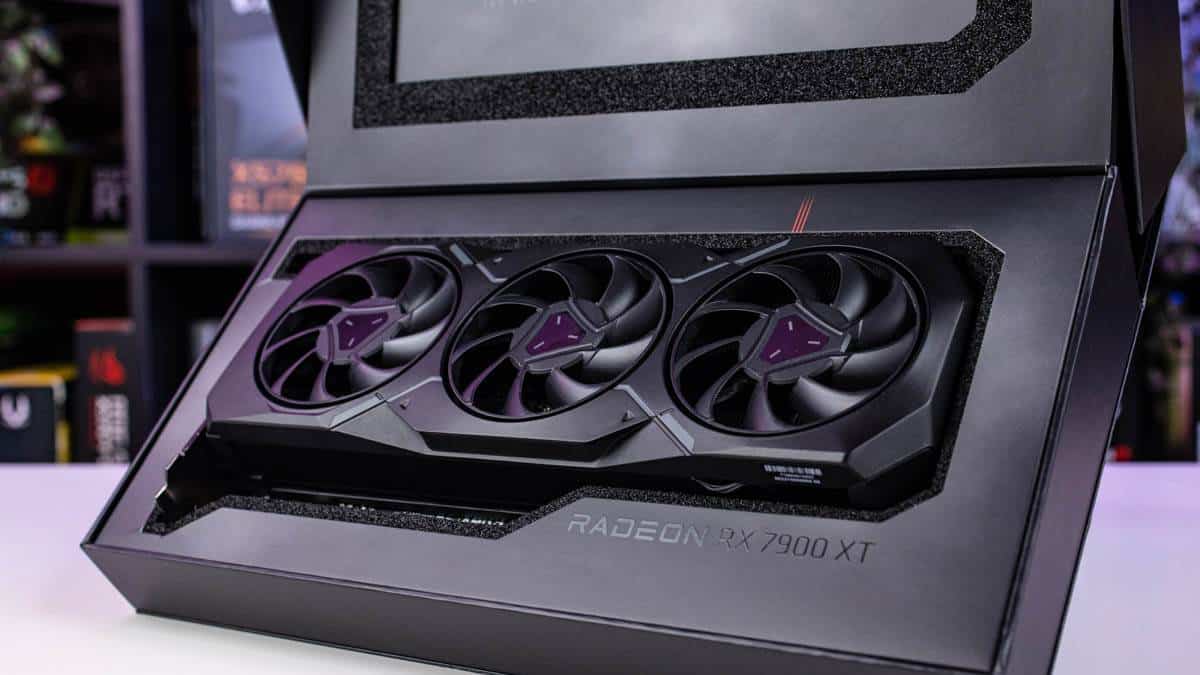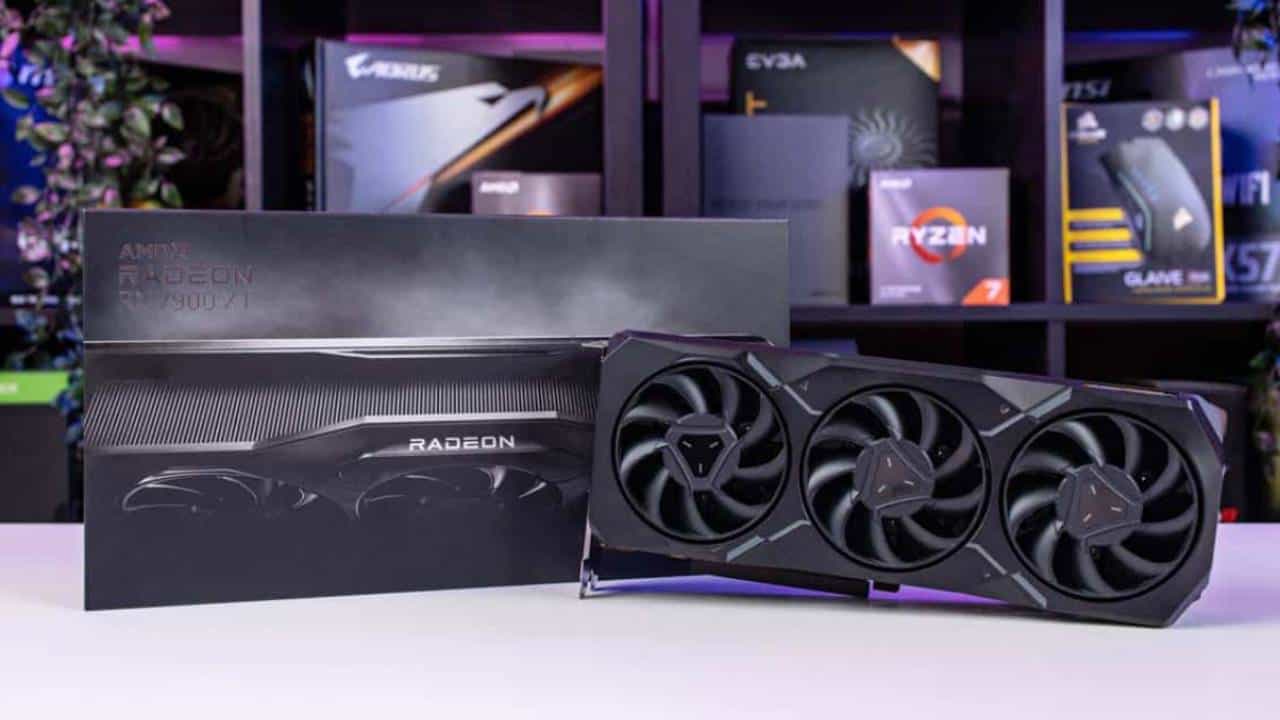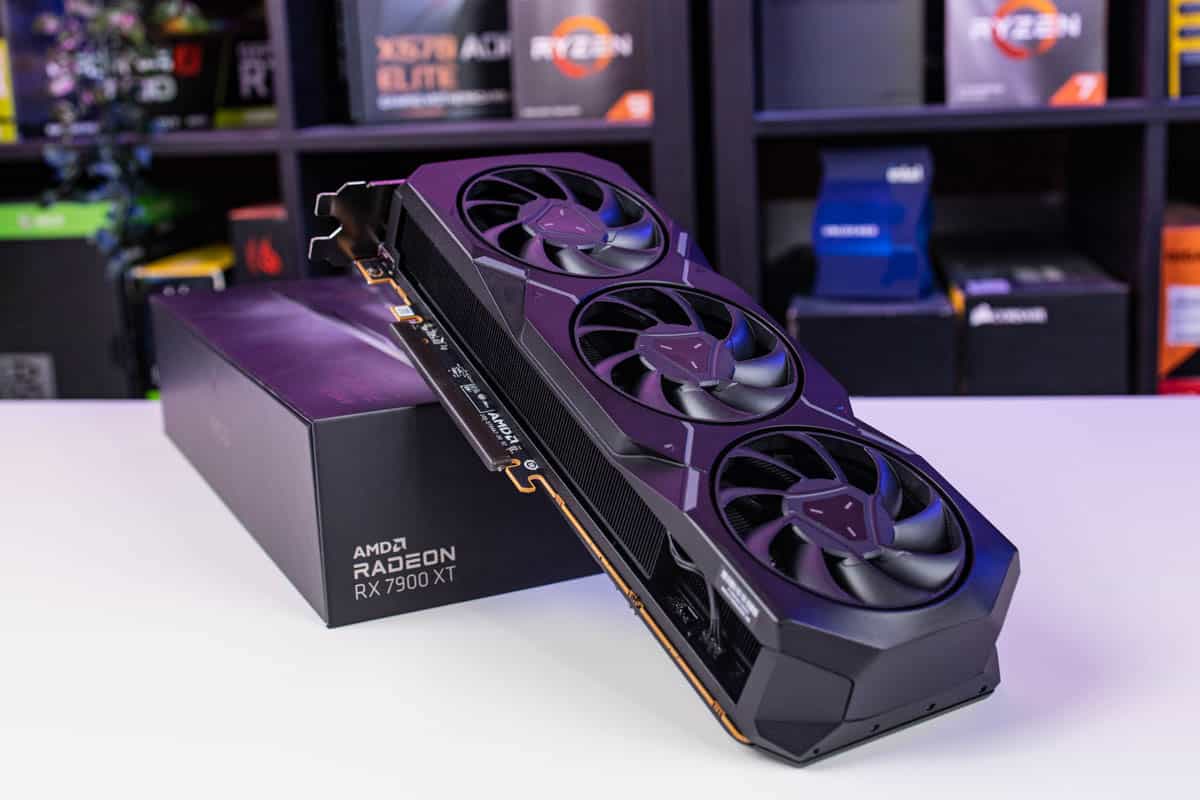AMD GPUs finally get full ray tracing and frame generation in Indiana Jones and the Great Circle

Table of Contents
Indiana Jones and the Great Circle was one of the biggest game launches of last year, and the game’s first update brought the addition of Full Ray Tracing (Path Tracing), but the patch notes revealed that this feature is supported on “NVIDIA video cards” only, and a minimum of 12GB VRAM is required to utilize it. On top of that, there was no support for FSR 3.1, which meant that Red Team owners didn't have much to improve their gaming experience.
However, after months of waiting, the developers have announced that Path Tracing (Full Ray Tracing) support for AMD GPUs is now here with the latest Update 3 version. Additionally, Full Ray Tracing is now supported on Intel GPUs, though you will need a graphics card that supports hardware ray tracing and has at least 16GB of VRAM (the same goes for AMD). Apart from that, the update also brings some good news for RTX 50 owners and new features like the Ray-Traced Local Lights option for ray-traced shadows.
Prime Day is finally here! Find all the biggest tech and PC deals below.
- Sapphire 11348-03-20G Pulse AMD Radeon™ RX 9070 XT Was $779 Now $739
- AMD Ryzen 7 7800X3D 8-Core, 16-Thread Desktop Processor Was $449 Now $341
- ASUS RTX™ 5060 OC Edition Graphics Card Was $379 Now $339
- LG 77-Inch Class OLED evo AI 4K C5 Series Smart TV Was $3,696 Now $2,796
- Intel® Core™ i7-14700K New Gaming Desktop Was $320.99 Now $274
- Lexar 2TB NM1090 w/HeatSink SSD PCIe Gen5x4 NVMe M.2 Was $281.97 Now $214.98
- Apple Watch Series 10 GPS + Cellular 42mm case Smartwatch Was $499.99 Now $379.99
- ASUS ROG Strix G16 (2025) 16" FHD, RTX 5060 gaming laptop Was $1,499.99 Now $1,274.99
- Apple iPad mini (A17 Pro): Apple Intelligence Was $499.99 Now $379.99
*Prices and savings subject to change. Click through to get the current prices.
FSR 3.1 and NVIDIA DLSS 4 are now supported
The update also brings AMD’s FSR 3.1 upscaling and frame generation technology to the game, along with support for Intel XeSS 1.4 upscaling. This comes as a welcome surprise since, in the previous update, we only knew that the devs were “also working to support AMD FSR in a future game update,” but it wasn’t clear if we would get FSR 3.1.
Path Tracing (Full Ray Tracing) Support for AMD and Intel Graphics Cards
This update brings Path Tracing to supported Intel and AMD GPUs. To use Path Tracing, your Intel or AMD graphics card must support Hardware Ray Tracing and have at least 16GB of VRAM. Please make sure to download the latest drivers from your GPU manufacturer!
Note that in foliage-dense locations, such as Sukhothai, reducing Vegetation Animation Quality below the “Ultra” settings can reduce the occasional shadow “popping” that may be seen on all graphics cards using Path Tracing.FSR 3.1, including Frame Generation
Update 3 adds support for AMD FSR 3.1 upscaling and frame generation technology.
Source: Steam

- GPU: Navi 31
- Stream Processors: 5,376
- VRAM: 20GB GDDR6
- Memory bus: 320-bit
- Base clock speed: 1,387 MHz
- Game Clock speed: 2.2025 MHz
- Boost clock speed: 2,500 MHz
- Bandwidth: 800 GB/sec
- TDP: 300 W
As for Nvidia, especially for RTX 50 series owners, the title now supports NVIDIA DLSS 4. This means players on the new RTX 50 series GPUs can now use Multi Frame Generation (3x, 4x) with the new transformer-based model. DLAA and DLSS Super Resolution have also been updated to the transformer-based model, and Ray Reconstruction improves the clarity and stability of ray-traced images, which is good news not just for RTX 50 owners, but for previous models as well.
There are a ton of bug fixes that the latest update also addresses and even PC-specific issues so make sure to check out the full patch notes, but the developers have said that they are planning to add support for other community-requested features, such as HUD modification, and support for Nvidia ‘RTX Hair’ in future updates.




